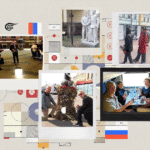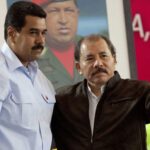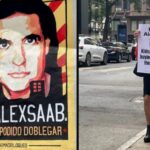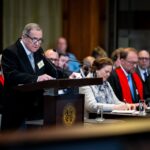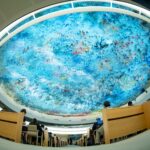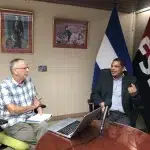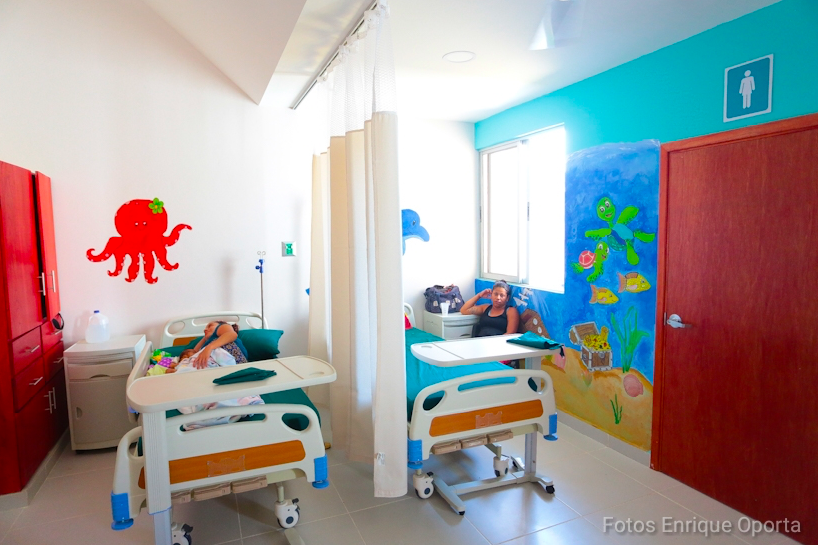
After the coup attempt was defeated, the government intensified its public works programs. Roads and buildings were repaired and new hospitals, schools, renewable energy and housing projects followed. Here is the new hospital in San Juan del Sur, Rivas. Photo: Enrique Oporta/LifeInNica.com.


